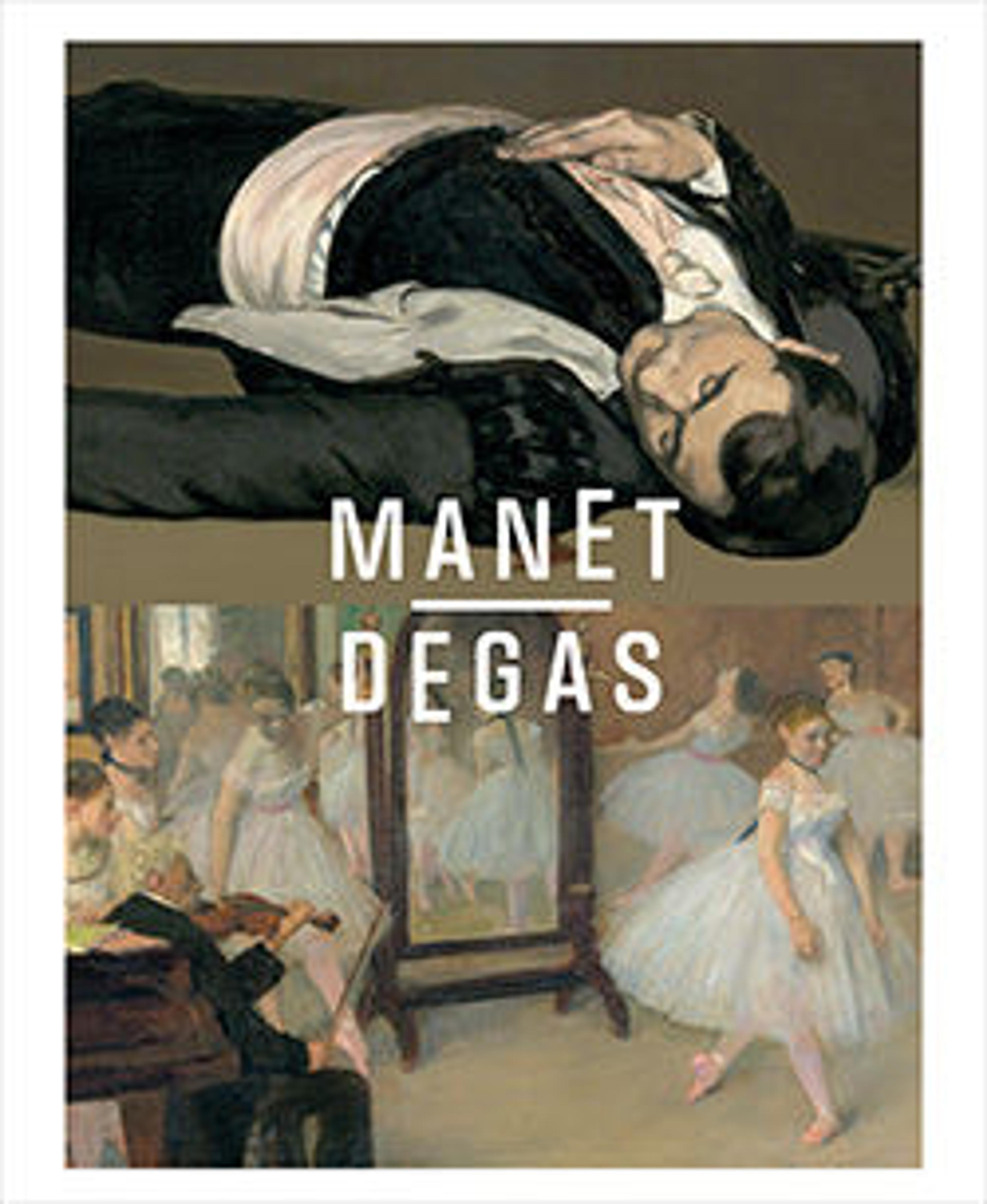Édouard Manet, Seated, Holding His Hat
This drawing and another by Degas (MMA 19.51.6), both purchased at the sale of the contents of Degas's studio in 1918, are preparatory studies for an etched portrait of Manet made about 1866–68, a few years after the two painters first met in the Louvre.
Degas portrayed Manet several times: He made a drawing of Manet watching the races at Longchamps (MMA 19.51.8) and a painting that showed him listening to Mme Manet playing the piano. Upon receiving the painting, Manet was dissatisfied with his wife's likeness and cut off her side of the canvas, an act which enraged Degas and soured the artists' friendship.
Degas portrayed Manet several times: He made a drawing of Manet watching the races at Longchamps (MMA 19.51.8) and a painting that showed him listening to Mme Manet playing the piano. Upon receiving the painting, Manet was dissatisfied with his wife's likeness and cut off her side of the canvas, an act which enraged Degas and soured the artists' friendship.
Artwork Details
- Title: Édouard Manet, Seated, Holding His Hat
- Artist: Edgar Degas (French, Paris 1834–1917 Paris)
- Sitter: Edouard Manet (French, Paris 1832–1883 Paris)
- Date: ca. 1868
- Medium: Graphite and black chalk
- Dimensions: Sheet: 13 1/16 x 9 1/16 in. (33.1 x 23 cm)
- Classification: Drawings
- Credit Line: Rogers Fund, 1918
- Object Number: 19.51.7
- Curatorial Department: Drawings and Prints
More Artwork
Research Resources
The Met provides unparalleled resources for research and welcomes an international community of students and scholars. The Met's Open Access API is where creators and researchers can connect to the The Met collection. Open Access data and public domain images are available for unrestricted commercial and noncommercial use without permission or fee.
To request images under copyright and other restrictions, please use this Image Request form.
Feedback
We continue to research and examine historical and cultural context for objects in The Met collection. If you have comments or questions about this object record, please contact us using the form below. The Museum looks forward to receiving your comments.
